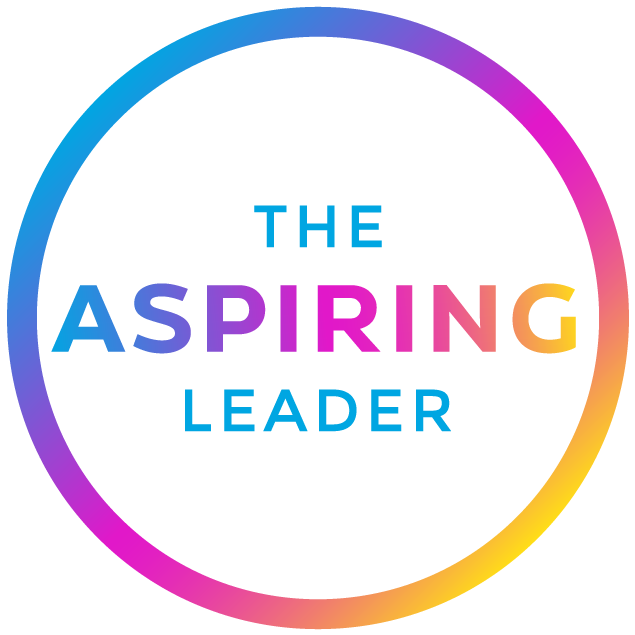I remember the first time I experienced a significant change in an organization where I felt impacted. I wouldn’t say I liked it. Not only that, I didn’t respond very well.
I was young, but that’s not why or the excuse. I reacted poorly to this change because I couldn’t see how it would work. I knew it would significantly impact me, and I had no idea what to do next. I didn’t like the decision.
I wasn’t part of the decision-making process or the ‘first to know’ group of stakeholders. So I experienced a relatively normal reaction to change, especially when it’s outside our control, but we are affected by it.
Three questions influence our response to change:
- How are we personally affected?
- How easily do we believe we can adapt to the change?
- Do we agree with it or not?
Gleicher’s Formula
I was introduced to Gleicher’s Formula a few years ago, which outlines the conditions needed to create organizational change. David Gleicher created the formula in the 1960s; however, Kathie Dannemiller popularised it in the 1980s.
The formula says that our discomfort with the status quo (how things are now), multiplied by our vision for a better future, and knowing our first steps are all needed to overcome resistance. Essentially, these things multiplied together must outweigh resistance on a tipping scale.
Visually represented, the formula looks like this:

(D) Dissatisfaction
What’s wrong with how things are going?
When I had that first experience of significant change, I was a volunteer youth leader at my church. The leadership of our youth program was changing, and I had no idea why. From my somewhat external position, I felt everything was going great, and there was no reason for any change to occur. I had a low level of dissatisfaction with the status quo.
Remember, this is about resistance to change, not if people agree and are on board. So, the first measure we must understand is how dissatisfied the people affected by this change are with the current situation.
If there isn’t a high level of dissatisfaction, we have some work to do in the communication space. In my example, I wasn’t aware that the current leaders were moving on to a new role that needed change. Some situations in an organization may happen behind closed doors and are, therefore, unknown to the stakeholders who will be affected.
(V) Vision
What difference is this change going to make?
Initially, the announcement of new leaders left me feeling flat and thinking it was a terrible outcome. The future looks horrible! I had no vision for what was possible for the future after this significant change occurred. I was only lamenting the loss I felt.
The change in leadership for our organization was catalytic for progress. A new passion, vision, and an increased capacity for what we could achieve. After the initial announcement, over a few weeks, the opportunity came to ‘hear from the new leadership.’ Through this engagement, my vision for the future increased, and I became excited about the change, which also increased my dissatisfaction with things to continue how they were.
(F) First Steps towards the Vision
So, what’s next?
After communicating a big announcement, knowing the next step is usually the first question people want to ask. As the old Chinese proverb says, a journey of a thousand miles begins with a single step. Even the longest and most difficult ventures have a starting point: the first step.
It’s no different in the journey of change towards a preferred future and vision. The almost impossible can appear within reach when the journey’s first step connects it.
The next step was meeting the new leader – she wanted to get to know us and was excited to work with us. That next step also brought me certainty as I realized I was still part of the journey. I was concerned about being left out of the new leadership team.
These three things multiply (work together) to create a heavier weight than the resistance to change.
Cast your mind back to mathematics class in high school. Any equation that includes the multiplication of zero will always equal zero. All factors must be present for the result to overcome the resistance to change.
- A compelling vision with a good first step will not outweigh resistance if there is no dissatisfaction with the status quo.
- Increasing dissatisfaction with the current reality and a vision that excites people will not shift the balance if there’s no first step.
- No matter how great the current dissatisfaction is, a single step disconnected from the bigger picture will not overcome resistance to change.


